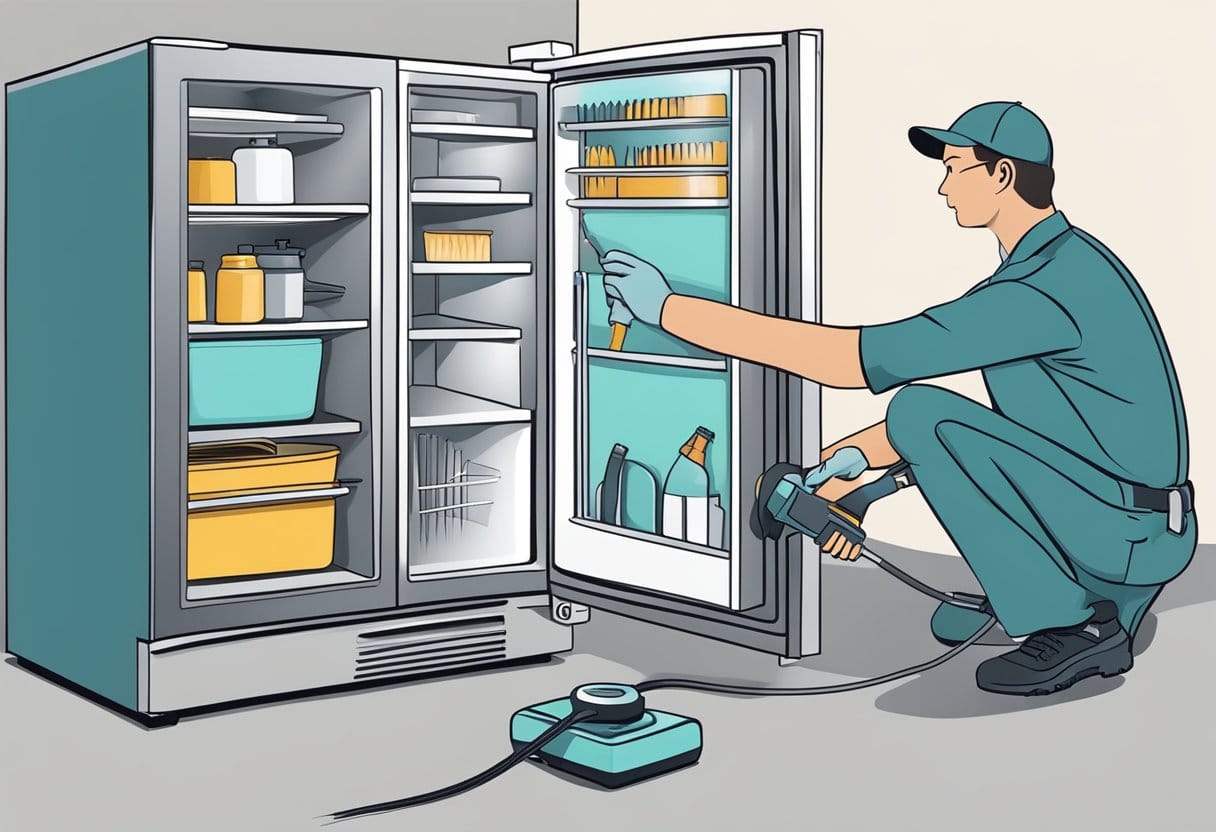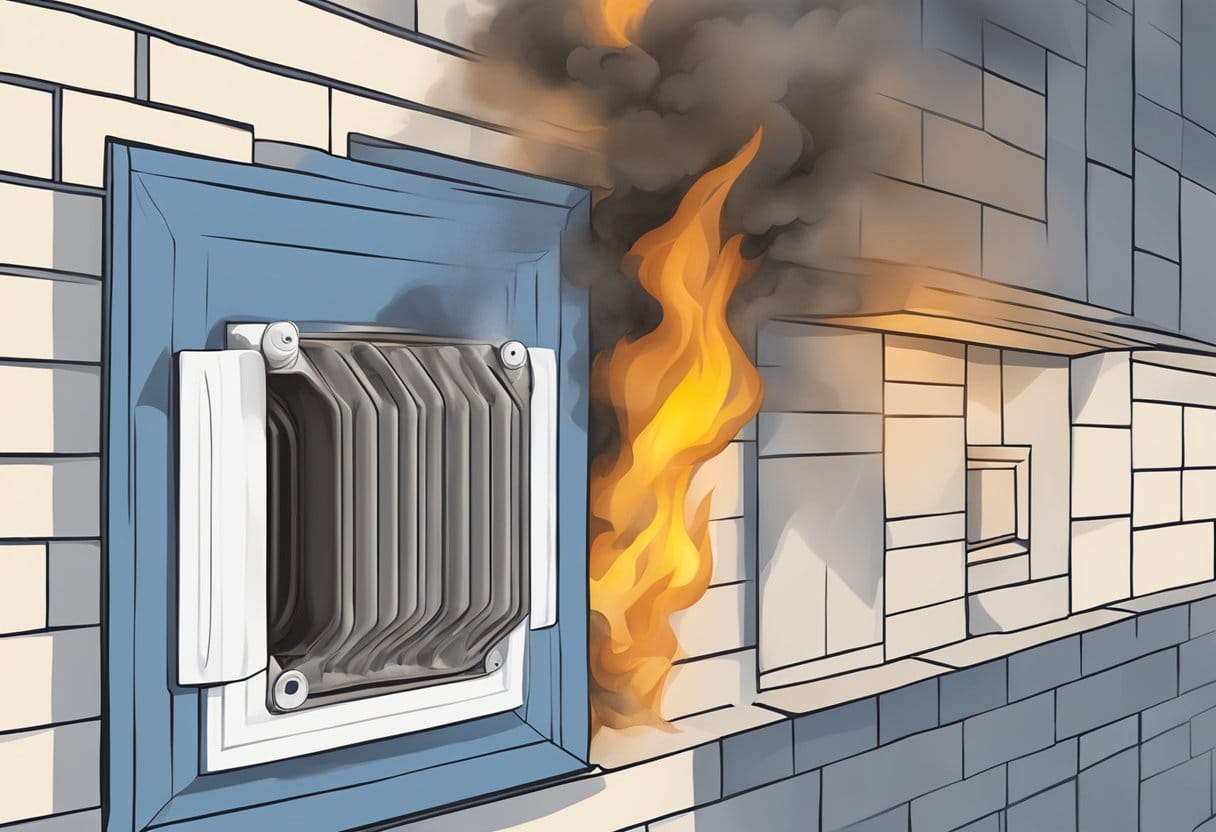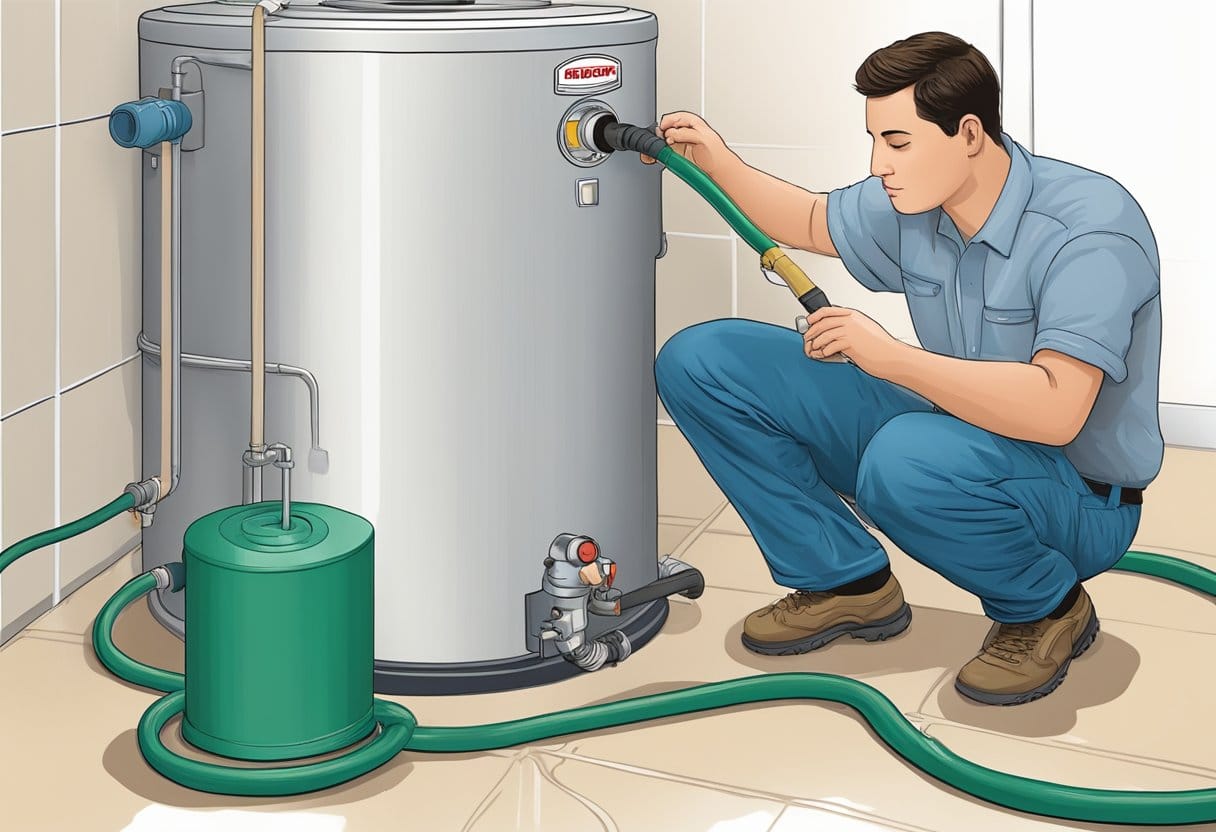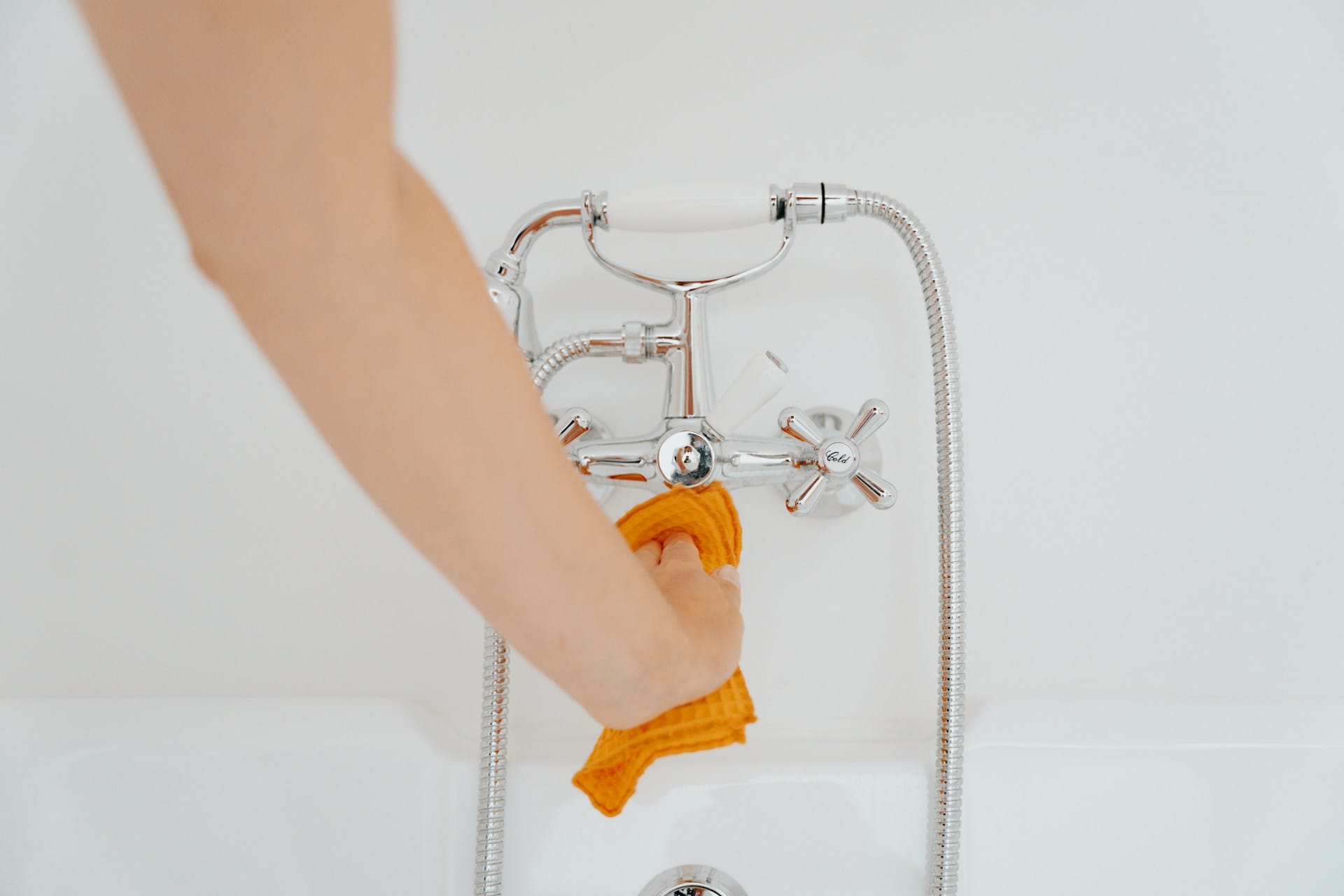Maintaining your tankless water heater is crucial for optimizing its energy efficiency and ensuring a constant supply of on-demand hot water. Regular maintenance not only extends the lifespan of your system, but it also helps prevent costly repairs down the line. With straightforward tasks such as flushing the system annually and cleaning the inlet water filter, you can keep your heater running smoothly.
By performing these simple maintenance routines, you can enjoy the benefits of hot water whenever you need it while also reducing energy costs. Staying proactive about care allows you to avoid issues like sediment buildup that can compromise performance. As a homeowner, understanding these maintenance steps is essential for maximizing the effectiveness of your tankless water heater.
Investing a little time in your heater’s upkeep leads to significant savings and hassle-free hot water access in the future. Don’t wait until problems arise; take charge of your maintenance routine today to ensure your system operates at its best.
Understanding Tankless Water Heater Maintenance
Proper maintenance of your tankless water heater is essential for optimal performance and longevity. Regular upkeep helps prevent costly repairs and ensures the system operates efficiently.
Importance of Maintenance
Maintaining your tankless water heater involves several key tasks that can enhance performance. Regular descaling is crucial, particularly if you live in an area with hard water. This process helps eliminate mineral buildup, preventing damage and maintaining efficiency.
Cleaning the water inlet filter every few months also plays a significant role. A clean filter prevents clogs that can hinder water flow or lead to system failure.
Skipping maintenance can greatly reduce the lifespan of your unit. Annual check-ups and servicing can help you identify potential issues early on, saving you money in the long run. By dedicating time to maintenance, you protect your investment and ensure a consistent supply of hot water.
Comparison to Traditional Water Heaters
Tankless water heaters differ significantly from traditional units in terms of maintenance needs. Traditional water heaters often require periodic tank flushing to remove sediment buildup, which can be labor-intensive.
In contrast, tankless systems demand less frequent intervention but require specific maintenance to function effectively. Without proper care, tankless models may experience reduced efficiency and increased energy bills.
Moreover, tankless units generally have a longer lifespan than traditional models, often exceeding 20 years, provided they are well-maintained. Regular maintenance not only enhances performance but also maximizes the long-term savings associated with tankless systems compared to their tanked counterparts.
Routine Maintenance Tasks
Regular maintenance is crucial for the efficient operation of your tankless water heater. Performing routine tasks can prevent major issues and extend the lifespan of the unit. Below are key maintenance tasks you should conduct regularly.
Checking for Leaks
Inspect your tankless water heater for any signs of leaks. Look around the unit for water pooling or damp areas. Pay attention to connections and fittings, as these are common leak points. If you find any leaks, it’s essential to tighten connections or replace defective components promptly.
Create a maintenance schedule to check for leaks every few months. Early detection can save you from costly repairs and water damage. Remember, a leak may signal deeper issues, such as corrosion or improper installation, that need addressing.
Inspecting the Inlet Filter
The inlet filter is critical for ensuring clean water enters your tankless heater. Over time, the filter can accumulate debris and mineral buildup, affecting your unit’s efficiency. It’s recommended to check and clean the inlet filter at least once a year.
To clean the filter, turn off the water supply and remove the filter from its housing. Rinse it under running water to remove buildup. Ensure it’s completely dry before reinstalling it. A clean inlet filter prevents clogs and allows your heater to function optimally.
Examining the Pressure Relief Valve
The pressure relief valve is a safety feature that prevents excess pressure buildup within your tankless water heater. Regularly test this valve to ensure it’s working correctly. To test, simply lift the lever and allow some water to flow out.
After testing, check for any leaks around the valve. If the valve doesn’t release water or shows signs of corrosion, it should be replaced. A functioning pressure relief valve is vital for preventing potential hazards and ensuring your system operates safely.
Descaling and Flushing the Heat Exchanger
Maintaining your tankless water heater through descaling and flushing is essential for optimal performance. These processes help manage the buildup of mineral deposits, especially in areas with hard water, ensuring efficiency and longevity.
Significance of Descale
Descaling is a crucial maintenance task for your heat exchanger. Over time, minerals from hard water accumulate, leading to scale buildup that obstructs water flow and reduces heating efficiency. This not only impacts the performance of your heater but can also shorten its lifespan. Regular descaling prevents costly repairs and keeps your water heater functioning efficiently.
Using a solution such as white vinegar is an effective way to dissolve these mineral deposits. Vinegar is readily available and environmentally friendly. Incorporating descaling into your maintenance schedule can significantly enhance your system’s reliability.
Flushing Techniques
Flushing your tankless water heater involves removing sediment and scale through a systematic process. It is generally recommended to flush the system every 6 to 12 months, depending on water hardness. This procedure can significantly enhance your unit’s efficiency.
To flush your heater, prepare a solution of descaling agent, such as white vinegar or a commercial descaler. Connect a submersible pump to circulate the solution through your heater’s heat exchanger. Ensure you have the correct hoses and a five-gallon bucket to contain the solution during the process.
Using a Submersible Pump
A submersible pump is a vital tool for efficiently flushing your water heater. It allows you to circulate the descaling solution through the heat exchanger, effectively removing mineral buildup.
To use a submersible pump, first, turn off the power and water supply to the heater. Then, connect the pump to a bucket filled with the descaling solution. Place a discharge hose from the pump back into the heater’s inlet. Run the pump for approximately 30 to 60 minutes to ensure thorough descaling.
After flushing, it’s important to run clean water through the system to remove any residual descaler. This ensures that your heater is clean and ready for use.
Dealing with Hard Water and Scaling
Hard water can significantly impact the performance and efficiency of your tankless water heater. Understanding how it affects your system and applying effective maintenance strategies is essential for longevity and optimal function.
Effects of Hard Water on Efficiency
Hard water contains high levels of minerals such as calcium and magnesium. Over time, these minerals accumulate within your tankless water heater, leading to scaling. This buildup can restrict water flow and decrease heat transfer efficiency.
As scaling increases, your heater may have to work harder, resulting in higher energy consumption. You may notice fluctuations in water temperature and longer heating times. If left unaddressed, this can lead to more extensive repairs or even a complete system failure. Regular monitoring of water quality is crucial to mitigating these effects.
Methods to Address Mineral Deposits
To effectively combat the effects of scaling, regular maintenance is critical. Descaling and flushing your tankless water heater at least once a year helps remove accumulated mineral deposits. You can use a commercial descaling solution or a vinegar solution to facilitate this process.
Follow the manufacturer’s guidelines for flushing procedures. Use the appropriate tools to ensure a thorough cleaning. Performing these tasks not only improves efficiency but also extends the lifespan of your unit. Consistent maintenance will ensure that you avoid costly repairs in the long run.
Water Softener Integration
Installing a water softener can help mitigate the adverse effects of hard water on your tankless water heater. A water softener works by removing minerals that contribute to scaling, providing softer water for your household needs.
Integrating a water softener with your tankless water heater creates a protective barrier against mineral buildup. It can significantly reduce the frequency of descaling needed, maintaining optimal performance. Additionally, softened water can improve the efficiency of other home appliances, enhancing overall system performance.
Consider consulting with a professional to select a suitable water softening system that meets your needs. Proper installation and use will contribute to a healthier water quality and a longer-lasting heating system.
DIY Maintenance Versus Professional Services
Determining whether to undertake maintenance on your tankless water heater yourself or hire a professional can significantly impact both cost and efficiency. Understanding the circumstances that favor each option will help you make an informed decision.
When to DIY
You may choose to handle maintenance tasks yourself if you have basic plumbing skills and the necessary tools. Routine tasks like descaling the unit can often be performed using household items such as vinegar.
Consider DIY if:
- You have experience with simple plumbing tasks.
- The maintenance involves basic cleaning or filter replacement.
- You want to save on service fees.
DIY maintenance can provide significant cost savings, but it’s important to follow manufacturer guidelines carefully. Mistakes can lead to more costly damage in the long run.
When to Call a Professional
While DIY can be a viable option, some situations call for the expertise of a professional. Complex repairs or installations in your tankless water heater may require specialized knowledge and tools.
Situations to consider professional services:
- Your heater has persistent or complex issues.
- You’re unsure about the proper maintenance procedures.
- You lack the time or equipment for safe DIY repairs.
Hiring a professional can ensure thorough and safe maintenance, ultimately protecting your investment. Though this may involve greater costs, the peace of mind and potential long-term savings can outweigh the initial expense.
Frequently Asked Questions
Understanding the common queries surrounding tankless water heater maintenance can help you stay informed. Knowing maintenance costs, recommended frequency for flushing, and signs of needed service are crucial for optimal performance.
What is the typical maintenance cost for a tankless water heater?
The maintenance cost for a tankless water heater typically ranges from $100 to $300 annually. This cost can vary based on the specific services performed and whether the work is carried out by a professional or completed by the homeowner.
How often should a tankless water heater be flushed?
A tankless water heater should be flushed at least once a year. Flushing helps remove mineral buildup that can affect the efficiency and lifespan of the unit, especially in areas with hard water.
What does a typical maintenance checklist for a tankless water heater include?
A typical maintenance checklist includes inspecting and flushing the system to remove mineral deposits, checking for leaks, cleaning or replacing filters, and testing gas pressures and flue systems for proper operation.
Are maintenance procedures different for electric and gas tankless water heaters?
Yes, maintenance procedures can differ between electric and gas units. Gas models require checks of the venting system and burner, while electric models focus on electrical connections and heating elements.
Can homeowners perform tankless water heater maintenance, or should it be serviced by a professional?
Homeowners can perform some maintenance tasks, such as flushing the system and cleaning filters. However, for comprehensive inspections or repairs, it is recommended to hire a professional to ensure safety and compliance with local codes.
What are the signs that a tankless water heater needs maintenance?
Signs that your tankless water heater may need maintenance include inconsistent water temperatures, reduced water flow, unusual noises during operation, or error codes displayed on the unit. Addressing these issues promptly can help maintain performance and efficiency.












